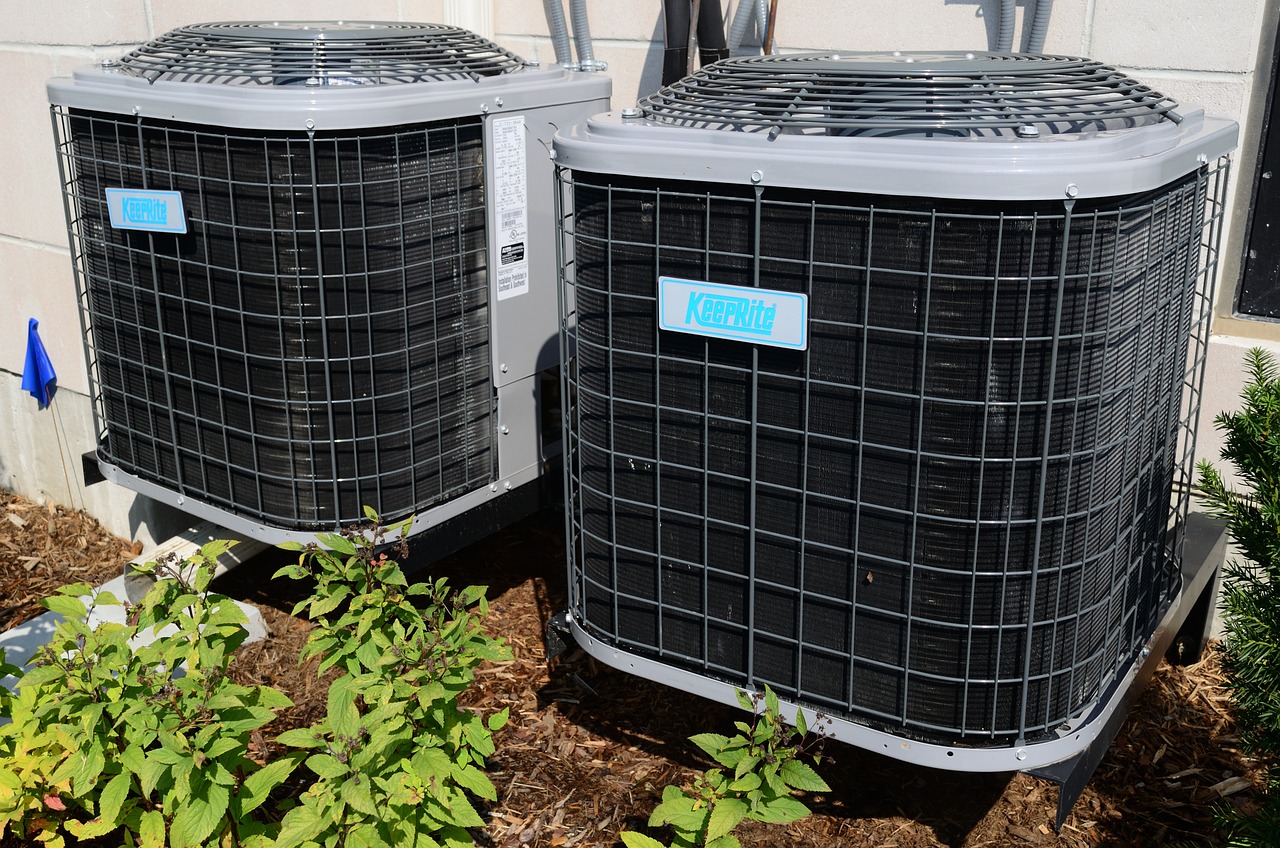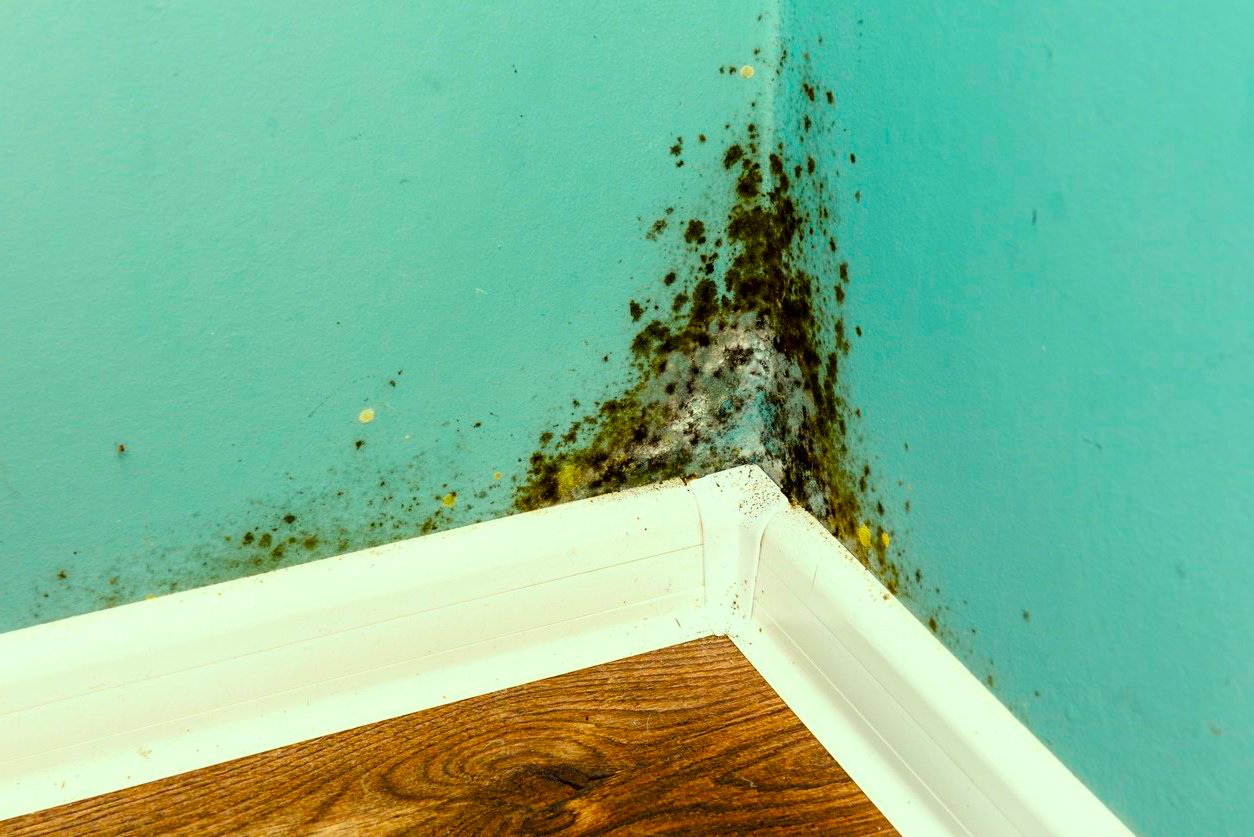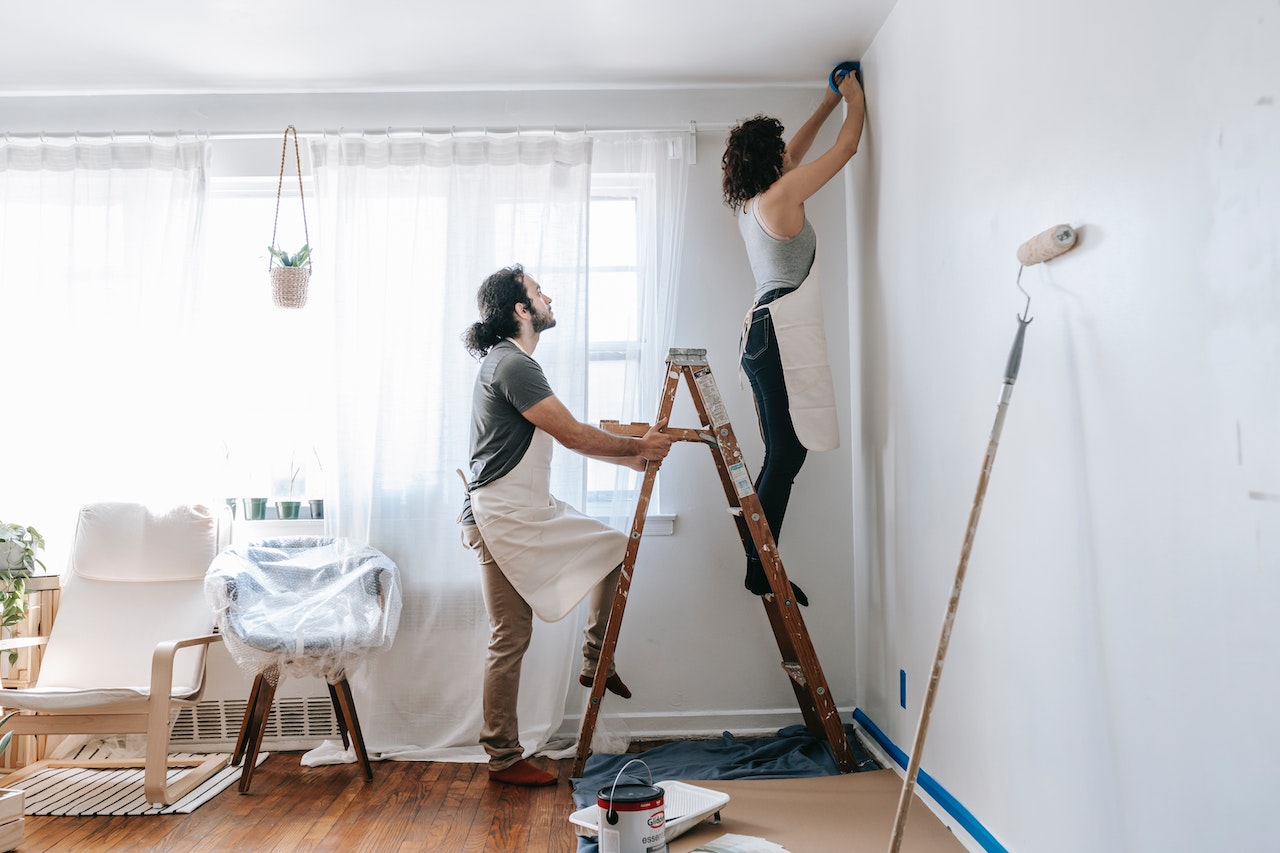The air filter – that unsung hero tucked away in the depths of your HVAC system, fighting the valiant fight against the evil empire of dust mites, pollen, and that glitter from your last craft project that seemed like a good idea at the time. It’s a dirty job, but something’s got to do it. And by something, I mean someone, and by someone, I mean you. That’s right, strap on your armor (also known as your favorite pair of sweatpants) and prepare for battle because we’re about to dive into the hilariously thrilling world of air filter maintenance.
How Often Should You Really Change Your Filter?
First, let’s address the burning question that keeps you up at night, nestled between those infomercial-induced bouts of insomnia: “How often should I replace my home’s air filters?” If you’re looking for a one-size-fits-all answer, I’m afraid you’ll be as disappointed as a screenwriter at a reality TV convention. The truth is, the frequency of your filter’s demise greatly depends on various factors, such as the type of filter you’re using, the air quality in your area, whether you own pets that shed more than a stressed-out lawyer during a high-profile case, and how much you fancy indoor air that doesn’t taste like a vacuum cleaner bag.
But let’s not dilly-dally; you’re here for advice that’s as solid as your grandmother’s fruitcake. The generally accepted wisdom is that you should replace standard 1-3 inch air filters every 90 days.
However, if you’re the proud owner of a pet or have allergies that flare up more often than internet debates, you might want to consider a filter face-lift every 60 days.
And for those who’ve decided that living on the edge means never checking the filter at all, do enjoy your intimate relationship with your local HVAC repairperson, because you’ll be seeing them more often than your relatives during the holidays.
Now, let’s talk filter quality, and no, not all filters are created equal, much like not all of grandma’s knitted sweaters make it outside of the house.
You’ve got your basic panel filters that do the bare minimum, sort of like that one coworker who magically disappears when work is to be done.
Then there are pleated filters, which are like the overachievers of the filter world, catching more gunk than a gossip columnist.
If you’re living the high life and have invested in HEPA filters, you’re breathing air so pristine, you’re practically a modern-day aristocrat. Just remember, the higher the MERV rating (that’s Minimum Efficiency Reporting Value for those who dozed off during HVAC class), the more often you should check and likely replace your filter, as these high-efficiency filters can get clogged faster than a drain at a hair salon.
For the average home, a simple checklist can save you from the looming disaster of an air filter apocalypse:
- Type of Filter: Is it more basic than a pumpkin spice latte or the Cadillac of filters?
- Home Size: Are we talking cozy cottage or a mansion that requires a map?
- Pets: Do you have fur babies, and how many? Are they bald like sphynx cats or fluffy enough to double as feather dusters?
- Allergies: Do you need a box of tissues handy at all times?
- External Air Quality: Do you live in pastoral bliss or alongside a freeway during rush hour?
Once you’ve mulled over this checklist, adjusting your filter-changing schedule accordingly, you’ll want to consider the sign-off from your friendly neighborhood HVAC technician. They’re like the Gandalf of air quality, guiding you through the murky mines of misinformation to the bright day of breathable bliss.
Decoding the Filter Change Signs
Next, let’s explore the hieroglyphics of warning signs that scream for a filter change.
- The Dust Bowl Reenactment: If your furniture gets a fresh layer of dust faster than a celebrity gets likes on Instagram, it’s your filter gently weeping for attention.
- The Allergy Symphony: Sneezing, coughing, itchy eyes? Before you start Googling your symptoms and self-diagnose with something outrageous, consider the humble air filter as a likely culprit.
- The Utility Bill Spike: If your energy bill skyrockets without explanation, don’t accuse your teenager of building a Bitcoin mining rig just yet. A clogged filter forces your HVAC to work overtime – and that extra effort isn’t pro-bono.
- The Ice Age Phenomenon: Finding Frosty the Snowman inside your air conditioning unit is a definite sign that airflow is about as restricted as the dress code at a royal wedding.
- The System’s Sigh of Despair: Odd noises emanating from your HVAC system could be a cry for help, or worse, its last rites if you continue to ignore filter maintenance.
How to Replace Air Filter
Now that you’re conversant with the tell-tale signs of filter distress, let’s waltz through the ritual of air filter replacement, which should be approached with the same seriousness as choosing the right meme for your tweet.
- First, arm yourself with a new filter that fits – this isn’t the time for a ‘that’ll do’ attitude. Treating your filter purchase like a Tinder swipe can lead to disastrous mismatches. Size matters immensely in the world of filters, and there’s nothing sadder than a filter that doesn’t fit, except maybe a tearful clown.
- Secondly, once you’ve lovingly selected the perfect match, power down your HVAC system. Playing with anything electrical while it’s on is a hobby best left to the professionals, or cartoon characters.
- Next, remove the old filter, but don’t be too hasty to toss it into the bin. Take a moment of silence to honor its service, perhaps pour one out for your homie who’s caught more particles than a sticky-handed toddler.
- Installing the new filter is as satisfying as clicking the last piece of a puzzle into place. Ensure the arrows on the side of the filter frame point in the same direction as the airflow in your system, which should be towards the blower. Getting this wrong is like wearing socks with sandals – a glaring faux pas.
- Finally, once your new filter is nestled comfortably in its home, it’s time to fire up the system and feel the rush of clean air. It’s like the breath of life, or at least the breath of a system that won’t wheeze like your great-uncle after a flight of stairs.
Conclusion
Remember, folks, changing your home’s air filter is a ritual as sacred as the annual spring cleaning or the Super Bowl Sunday. It’s a simple act of maintenance that not only prolongs the life of your HVAC system but also protects your health, your wallet, and your sanity. So mark your calendars, set a reminder, tattoo it on your forearm if you must, but do not forsake the humble air filter. It’s a tiny piece of the household puzzle that, when ignored, can unleash chaos like a toddler left alone with a paint can.
Breathe easy, my friends, breathe easy.
Pro Tips for the Aspiring Filter-Connoisseur:
Before you go off into the sunset with your new filter-changing knowledge, let me bestow upon you a few pro tips that separate the amateurs from the HVAC ninjas:
1. The Reminder Ritual: Use the calendar on your phone or a smart home device to set a recurring reminder. Some air filters come with their own stickers for this purpose – use them!
2. The Bulk Buy Gambit: Buying filters in bulk can save you money and the hassle of remembering to purchase them regularly. Plus, having them on hand means you have no excuses for procrastination.
3. The Performance Check-In: Every time you change your filter, take a moment to perform a quick check of your HVAC system’s performance. Listen for strange noises or check for odd smells — catching issues early can save you a bundle.
4. The MERV Mastery: Understand the MERV rating that works best for your home and health needs. This isn’t the place for guesswork — consult with a professional if you’re unsure.
5. The Allergy Alleviation: If you have allergy sufferers in your home, consider upgrading to a filter with a higher MERV rating during allergy season to keep sneezes and sniffles at bay.
6. The Energy Efficiency Evaluation: Keep an eye on your energy bills. If you notice a higher bill after changing the type or rating of your filter, it may be too restrictive and could be causing your system to work harder.
7. The Seasonal Switch-Up: Remember that during high-use seasons, like the scorching summers or frigid winters, you may need to change your filter more frequently due to increased usage.
FAQ: Your Air Filter Queries Unfiltered
Check the side of your current air filter; it should have the dimensions printed on it. These numbers correspond to the length, width, and thickness of the filter. Always ensure you buy the same size to guarantee a proper fit.
Some air filters are marketed as washable or reusable. If you have one of these, follow the manufacturer’s instructions for cleaning. However, standard disposable filters should not be reused as cleaning them can damage the filter’s ability to trap particles.
It’s good practice to check your air filter every month, especially during peak heating or cooling seasons. If it looks dirty, it’s time for it to go. Even if it doesn’t look filthy, it’s a safe bet to replace it at the interval suggested by the manufacturer.
MERV stands for Minimum Efficiency Reporting Value. It rates the effectiveness of air filters. Ratings range from 1 to 20, where a higher MERV rating means finer filtration, capturing more and smaller particles.
In most cases, you can change your home’s air filter yourself. It’s a simple task that requires no special tools. However, if you’re not comfortable doing it or if your HVAC system is not easily accessible, you might consider hiring a professional.
Higher MERV ratings do filter out more contaminants, but they can also restrict airflow. It’s about finding the balance between air quality and your HVAC system’s ability to function properly without being overburdened.
It can. A clean air filter allows your HVAC system to run more efficiently, which can save on energy costs. Conversely, a dirty filter makes the system work harder, increasing your energy bill.
Used air filters can be thrown out with your regular household trash. However, if you’re using a filter that contains special materials designed to trap allergens or chemicals, check with your local waste management services for disposal recommendations.



